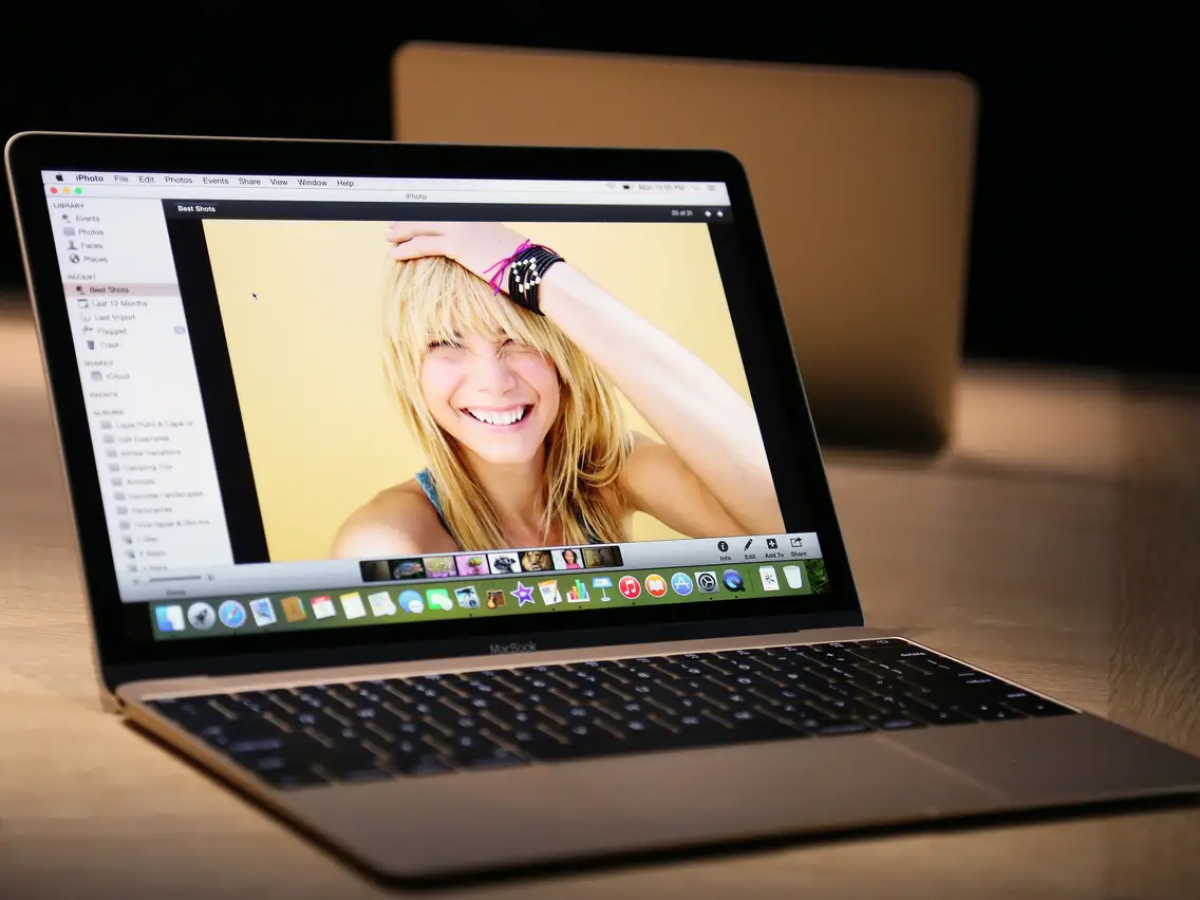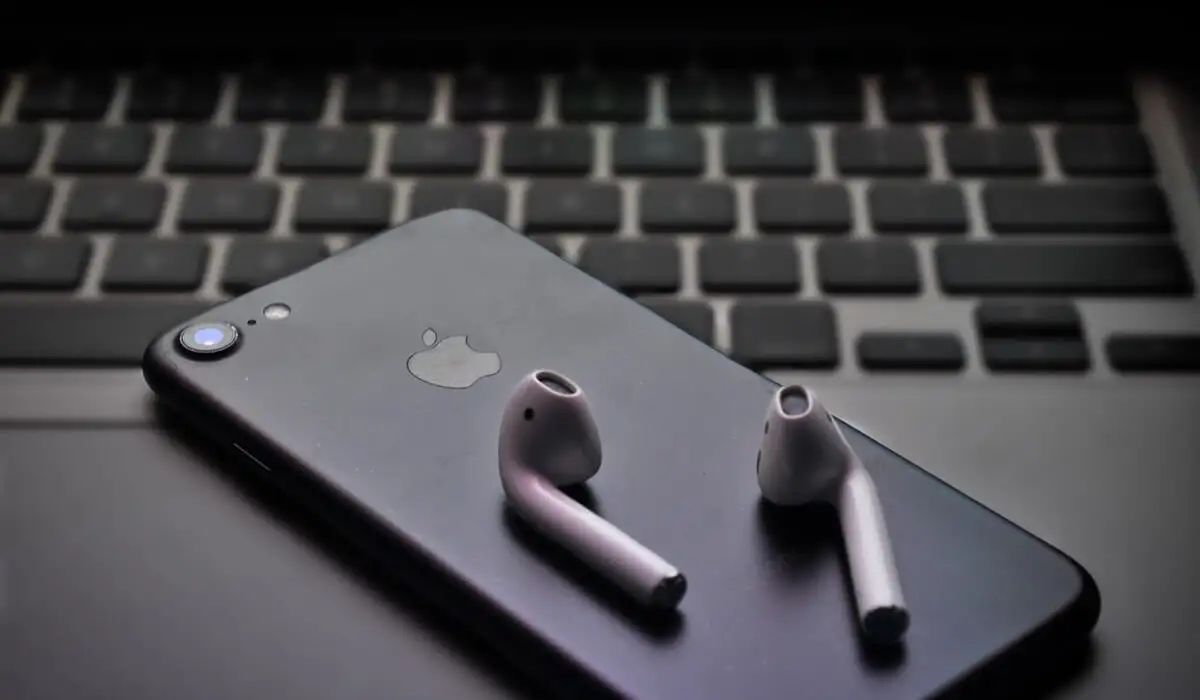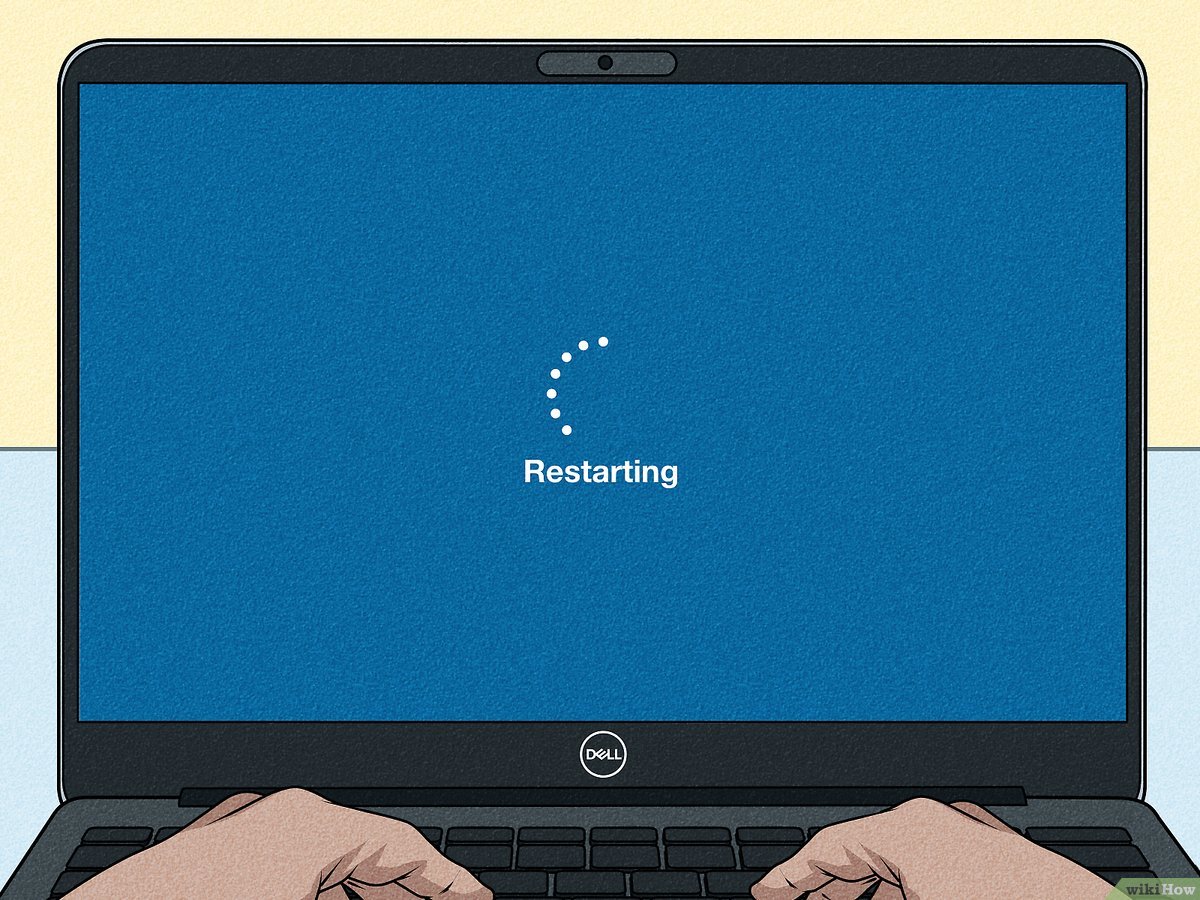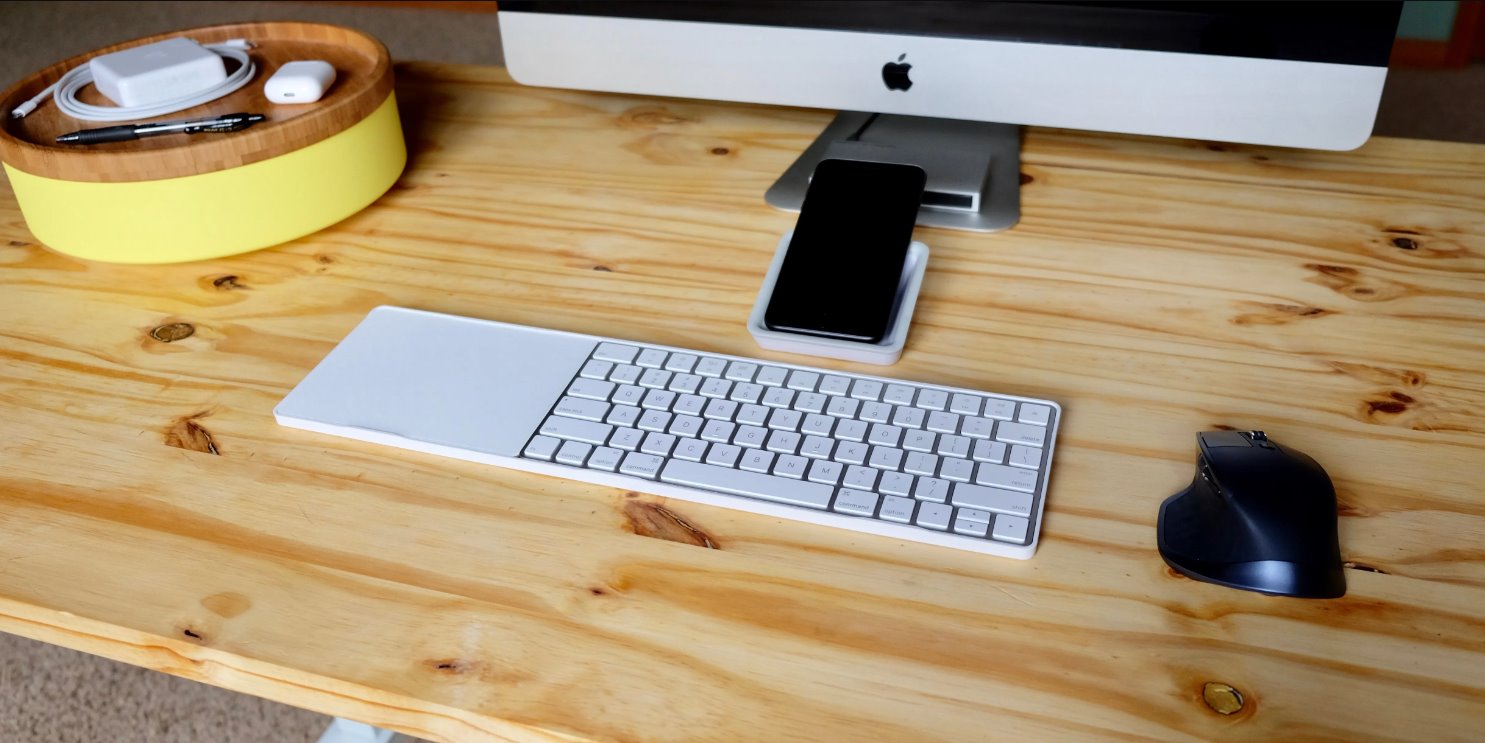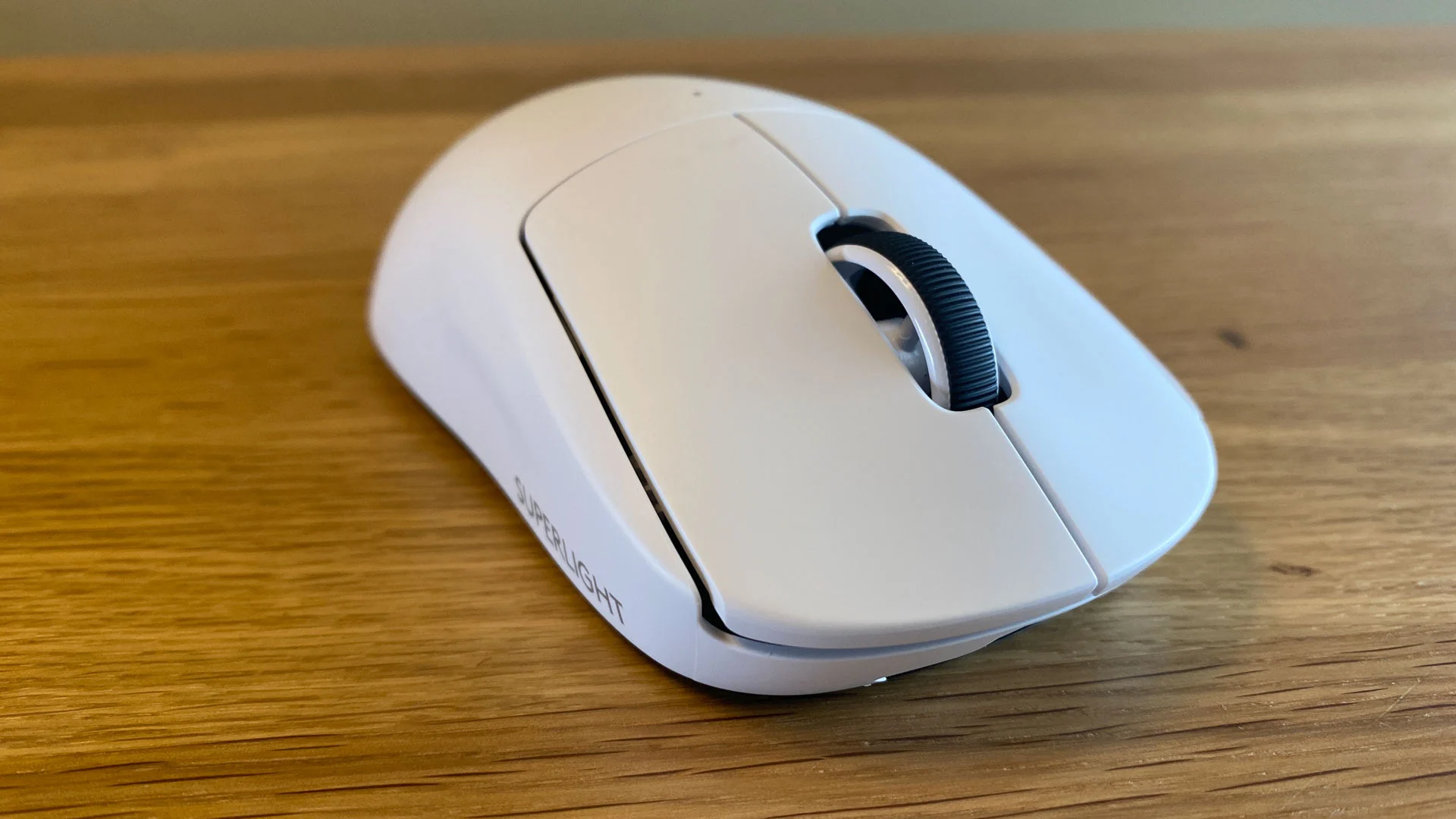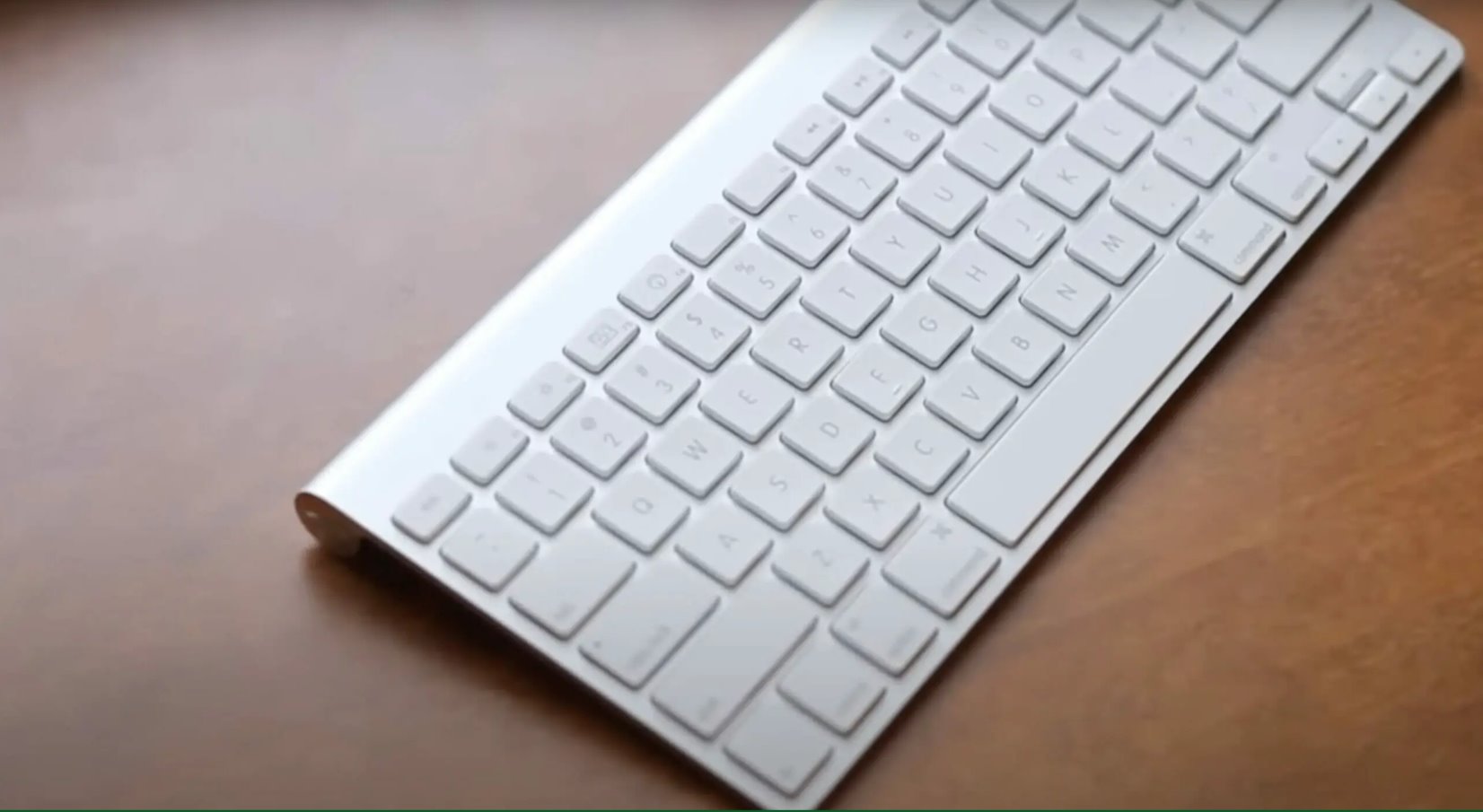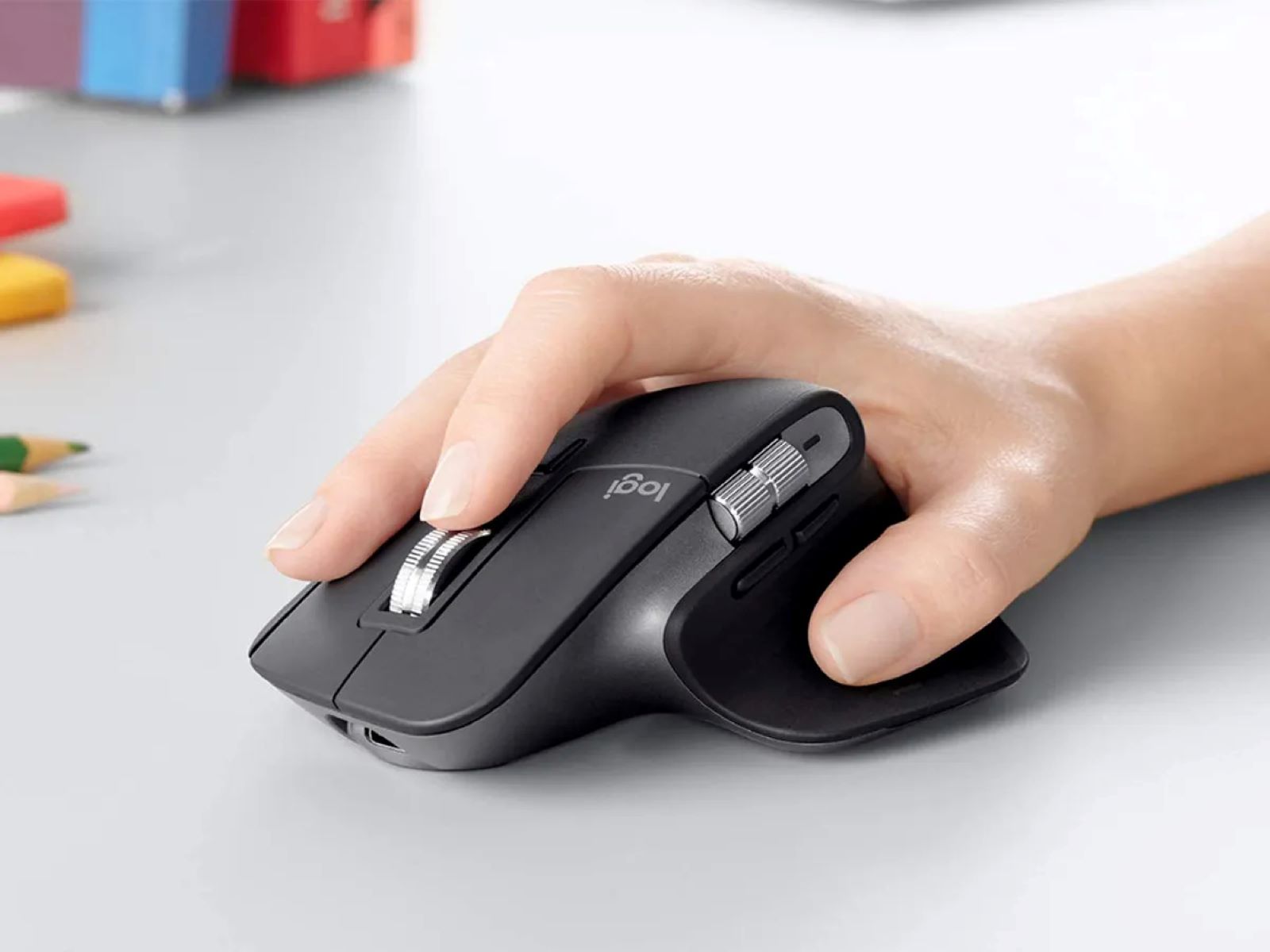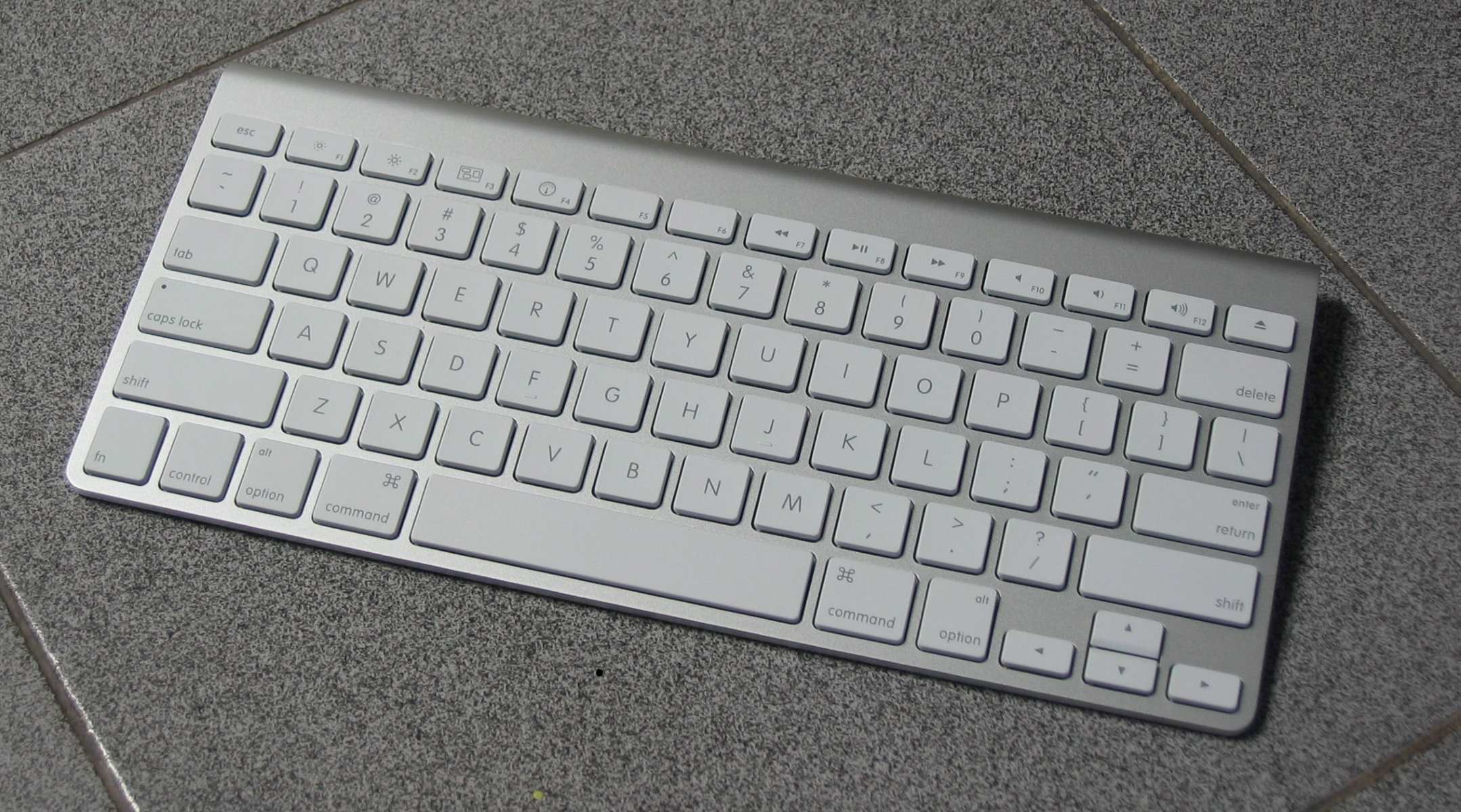Introduction
Welcome to this guide on how to connect Bluetooth to your Mac. Bluetooth technology has become an essential feature on our devices, allowing us to wirelessly connect various peripherals and accessories. Whether you want to pair your wireless headphones, Bluetooth keyboard, mouse, or transfer files between devices, understanding how to connect Bluetooth to your Mac is crucial.
Before we dive into the step-by-step process, let’s first understand what Bluetooth is and why it’s important. Bluetooth is a wireless communication technology that enables short-range connections between devices. It eliminates the need for cables and wires, providing convenience and flexibility in our daily lives. The ability to connect Bluetooth devices to your Mac opens up a world of possibilities and enhances your productivity.
Now, let’s get started! In the following sections, we will walk you through the steps to turn on Bluetooth on your Mac, enable Bluetooth on your device, pair your device with your Mac, and finally connect them. Additionally, we will provide troubleshooting tips for common Bluetooth connection issues so that you can have a seamless experience.
Whether you are a Mac beginner or a seasoned user, this guide will provide you with the essential knowledge to connect Bluetooth devices to your Mac easily. So, let’s begin this exciting journey of exploring the wonders of Bluetooth connectivity on your Mac!
Step 1: Turn on Bluetooth on your Mac
The first step in connecting Bluetooth devices to your Mac is to ensure that Bluetooth is turned on. This allows your Mac to discover and connect to nearby Bluetooth devices. To turn on Bluetooth on your Mac, follow these simple steps:
- Open the Apple menu by clicking on the Apple logo located in the top left corner of your screen.
- From the dropdown menu, select “System Preferences.”
- In the System Preferences window, locate and click on the “Bluetooth” icon.
- The Bluetooth settings window will now be displayed. Check the box that says “On” to enable Bluetooth on your Mac.
Once you have turned on Bluetooth, you will notice the Bluetooth icon appearing in the menu bar at the top right corner of your screen. This icon indicates that Bluetooth is now active and ready for pairing with your devices.
It is essential to keep the Bluetooth setting turned on, even when you are not actively using it. This way, your Mac will be able to connect quickly to any previously paired devices whenever they are in range.
Remember, having Bluetooth turned on does not mean that your Mac is automatically discoverable by other devices. It simply means that your Mac is ready to pair with devices that you initiate the connection with.
Now that Bluetooth is enabled on your Mac, let’s move on to the next step of the process, which is to enable Bluetooth on your device.
Step 2: Enable Bluetooth on your device
Now that Bluetooth is enabled on your Mac, the next step is to enable Bluetooth on the device you want to connect. Whether it’s a smartphone, tablet, wireless headphones, or any other Bluetooth-enabled device, enabling Bluetooth will allow them to be discovered and paired with your Mac.
The exact steps to enable Bluetooth may vary depending on the device you are using. However, the general process is relatively similar across most devices. Here is a general guideline on how to enable Bluetooth on your device:
- Navigate to the “Settings” app on your device. This is usually represented by a gear or cogwheel icon.
- Look for the “Bluetooth” option in the settings menu. It is typically located in the “Wireless & Networks” or “Connections” section, but the exact location may vary.
- Tap or toggle the switch next to “Bluetooth” to turn it on. The switch may appear as “Off/On” or have a Bluetooth icon.
Once you have enabled Bluetooth on your device, it will start searching for nearby devices to connect to. At this point, make sure your Mac’s Bluetooth setting remains on, as mentioned in the previous step.
Some devices may have additional options or settings related to Bluetooth. For example, you may find options to make your device discoverable or enable specific Bluetooth profiles (such as HFP for audio devices). Exploring these settings can provide you with more control and customization options.
Remember to consult the device’s user manual or online support resources for specific instructions on enabling Bluetooth if you encounter any difficulties.
With Bluetooth now enabled on both your Mac and device, you are ready to move on to the next step: pairing your device with your Mac.
Step 3: Pair your device with your Mac
After enabling Bluetooth on both your Mac and the device you want to connect, the next step is to pair them together. Pairing establishes a secure connection between your Mac and device, allowing them to communicate seamlessly.
To pair your device with your Mac, follow these steps:
- On your Mac, click on the Bluetooth icon in the menu bar at the top right corner of the screen. A dropdown menu will appear.
- In the dropdown menu, select “Open Bluetooth Preferences.” This will open the Bluetooth settings window on your Mac.
- Ensure that the “Bluetooth” tab is selected in the settings window. Your Mac will begin searching for nearby Bluetooth devices.
- On your device, make sure that Bluetooth is still enabled and actively searching for devices to connect to.
- In the Bluetooth settings window on your Mac, you will see a list of available devices. Locate the device you want to connect and click on it.
- A passkey or PIN may be displayed on your Mac’s screen and/or your device’s screen. Verify that the passkey or PIN on both devices matches and confirm the pairing.
Once the pairing process is complete, you will receive a notification or confirmation message that your device is successfully connected to your Mac. The device will now be listed as “Connected” or “Paired” in the Bluetooth settings on your Mac.
Note that some devices may not require a passkey or PIN for pairing, while others may have different methods of confirmation, such as entering a code or tapping “Pair” on your device’s screen.
If the pairing process fails, make sure that the devices are in close proximity and that both devices have Bluetooth enabled. In some cases, it may be necessary to reset the Bluetooth settings on one or both devices before attempting to pair again. Refer to the device’s user manual or support resources for troubleshooting specific to your device.
With your device successfully paired with your Mac, it’s time for the final step: connecting your device to your Mac.
Step 4: Connect your device to your Mac
Once your device is paired with your Mac, the final step is to establish a connection between them. Connecting your device to your Mac allows you to utilize its functionalities and share data seamlessly. Here’s how you can connect your device to your Mac:
- On your Mac, open the app or utility that you want to use with your device. For example, if you want to listen to music with your wireless headphones, open a media player or streaming service.
- Ensure that your device is powered on and in close proximity to your Mac.
- Your Mac should automatically recognize the paired device and establish a connection. Depending on the type of device, you may see a notification or status update indicating the successful connection.
- Once the connection is established, you can start using your device with your Mac. For example, you can listen to audio through your headphones, control your device with a Bluetooth mouse or keyboard, or transfer files between devices.
It’s important to note that the process of connecting your device to your Mac may vary depending on the specific device and the application you are using. Some devices may require additional setup steps or configurations to ensure optimal functionality. Consult the device’s user manual or online support resources for any specific instructions related to connecting your device to a Mac.
If you encounter any issues with the connection, such as a device not being recognized or failing to establish a connection, try the following troubleshooting steps:
- Ensure that Bluetooth is turned on and enabled on both your Mac and device.
- Make sure that both devices are in close proximity to each other and that there are no obstructions that may interfere with the Bluetooth signal.
- Restart both your Mac and the device you are trying to connect.
- Remove the existing pairing on both devices and repeat the pairing process from scratch.
By following these steps and troubleshooting tips, you should be able to successfully connect your devices to your Mac and enjoy the benefits of Bluetooth technology.
Troubleshooting common Bluetooth connection issues
While connecting Bluetooth devices to your Mac is generally a straightforward process, sometimes you may encounter issues that prevent a successful connection. Here are some common troubleshooting techniques to help you resolve Bluetooth connection issues:
- Ensure that Bluetooth is turned on and enabled on both your Mac and the device you are trying to connect. Double-check that both devices are within close proximity to each other.
- If there are other devices nearby that are using Bluetooth, such as smartphones or tablets, make sure that they are not interfering with the connection. Move away from any potential sources of interference, such as Wi-Fi routers or other electronic devices.
- Restart your Mac and the device you are trying to connect. Sometimes a simple restart can resolve temporary software glitches and allow for a successful connection.
- Remove the existing pairing on both devices and then re-pair them from scratch. This can reset any problematic settings or configurations that may be causing the connection issue.
- Update the software on both your Mac and the device you are trying to connect. Outdated software can sometimes cause compatibility issues. Check for any available updates and install them.
- If you are having trouble connecting a specific Bluetooth device, try connecting it to another device to determine if the issue lies with the device itself or with your Mac. This can help isolate the problem and guide your troubleshooting efforts.
- Reset the Bluetooth module on your Mac. You can do this by going to the Apple menu, selecting “System Preferences,” clicking on “Bluetooth,” and then clicking on the “Advanced” button. Finally, click the “Reset Bluetooth Module” button.
- If all else fails, consult the user manual or support resources for both your Mac and the device you are trying to connect. They may have specific troubleshooting steps or recommendations tailored to your situation.
By following these troubleshooting techniques, you should be able to overcome common Bluetooth connection issues and establish a reliable connection between your Mac and your devices.
Remember, Bluetooth technology can sometimes be finicky, and not all devices are guaranteed to work seamlessly with your Mac. It’s always a good idea to check compatibility before purchasing a new Bluetooth device to ensure it is supported by your Mac and its operating system.
Conclusion
Congratulations! By following the step-by-step process outlined in this guide, you have successfully learned how to connect Bluetooth devices to your Mac. Bluetooth technology provides the convenience of wireless connectivity, allowing you to seamlessly integrate various peripherals and accessories with your Mac.
Remember to always ensure that Bluetooth is turned on and enabled on both your Mac and the device you want to connect. Pairing your devices securely establishes a connection, while connecting them allows you to utilize the functionalities they offer.
If you encounter any issues during the process, remember to troubleshoot common Bluetooth connection issues. By following the troubleshooting techniques mentioned earlier, you can resolve most common problems and enjoy a seamless Bluetooth experience with your Mac.
Whether you want to listen to music wirelessly, use a Bluetooth keyboard and mouse, transfer files between devices, or enjoy other Bluetooth-enabled features, the possibilities are endless. Bluetooth connectivity on your Mac enhances your productivity, provides convenience, and simplifies your daily tasks.
As technology continues to evolve, Bluetooth will play an increasingly prominent role in our lives. Understanding how to connect Bluetooth devices to your Mac not only allows you to make the most of your current devices but also opens doors to future possibilities.
So, go ahead and explore the benefits of Bluetooth connectivity on your Mac – unlock new opportunities, streamline your workflow, and experience the freedom of wireless connection.
We hope this guide has been helpful in assisting you with connecting Bluetooth devices to your Mac. Embrace the world of wireless connectivity and enjoy the seamless integration between your Mac and your Bluetooth devices!







